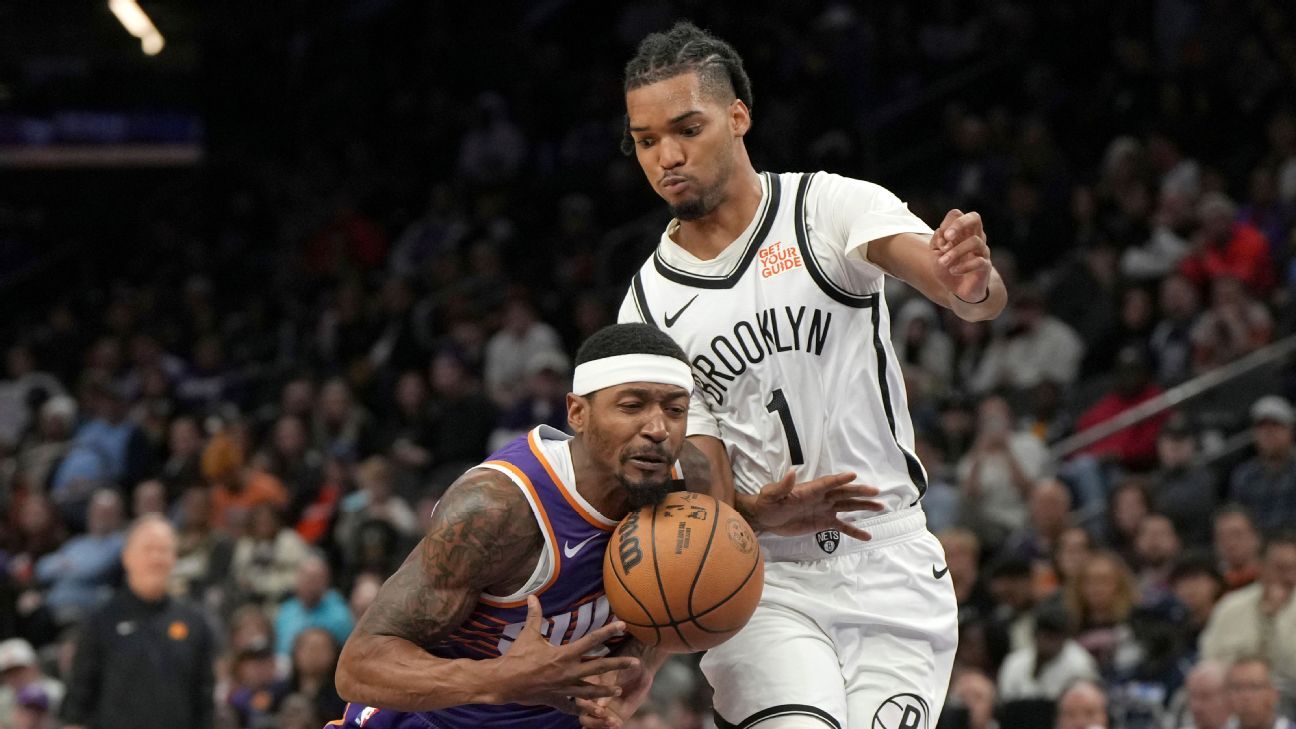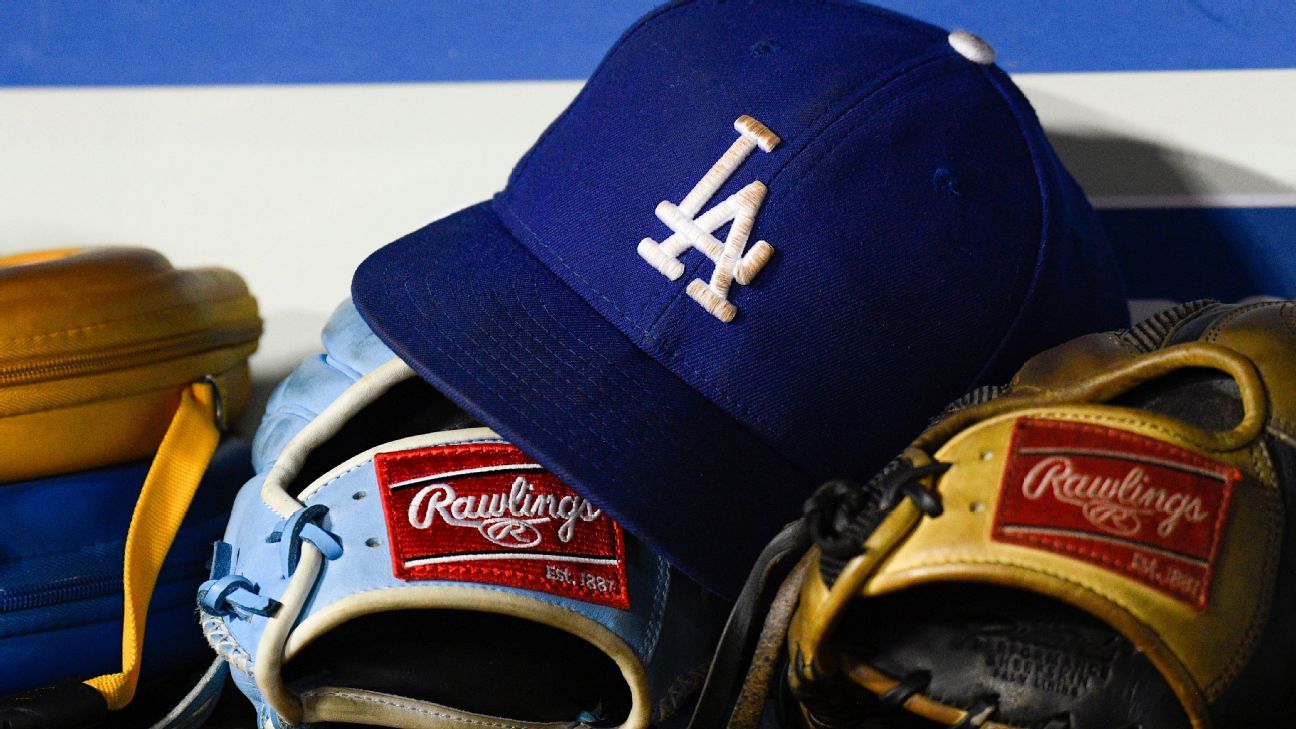
In a sense, it is. Although the International Cricket Council has awarded a trophy annually to the top team through a rankings system since 2002, a championship final hadn't been held so far. Now, a grand finale helps to decide the winner on the field, instead of points awarded through complex algorithms. This final, essentially, is like a knockout bout. Teams won't have a second chance, unlike in multiple-Test series.
Unlike the other two versions, which are completed on the same day, the Test final will be played over five days, possibly a sixth day if time is lost due to the elements.
The winner takes home US$ 1.6 million, while the runner-up receives US$ 800,000. In case of a draw - if there is no definite result - both teams will be declared joint winners. And there's also a mace - approximately 90cm long, gold-and-silver-plated - for the winners.
Each of the nine participating teams were to play a total of six bilateral series - three at home and three away - with the top two sides (with most points) qualifying for the final. However, the pandemic threw cricket schedules off the rails, because of which the ICC brought in a ruling that the finalists would be decided on the basis of the percentage of points earned from those they contested for.
India, England, Australia and New Zealand were in contention. A series loss to New Zealand in February 2020 left India needing to win both their series against Australia (away) and England (at home) to qualify. New Zealand needed to win each of their four home Tests in their summer season of 2020-21 to qualify. As it turned out, both India and New Zealand managed to achieve this feat, thereby knocking out England and Australia.
It will be a contest between two contrasting captains, both hungry to win a world event. The fire of Virat Kohli (India) up against the calmness of Kane Williamson (New Zealand) - also two of the world's best batters. Both players have so far been on opposite sides of two knockout games at world events: the ICC Under-19 World Cup in 2008 (Kohli won) and the 2019 World Cup semi-final (Williamson). They will now square off in the grand finale of a world event for the first time.
New Zealand have the edge in terms of preparation, having just beaten England 1-0 in a two-Test series. India, in comparison, have had two weeks of quarantine at home before reaching the UK, where they've had managed isolation before resuming training. They've prepared themselves by playing a three-day intra-squad practice match.
As many as 4000 fans will be allowed to attend the final, in compliance with the UK's Covid-19 protocols. As such, crowds have slowly been allowed back at sporting events in England. The recently concluded two-Test series between England and New Zealand had spectators in attendance at 50% capacity.
No surprise that there's a rain forecast for each day of the match. It is likely to disrupt proceedings, which is why there's a reserve day scheduled.
Shashank Kishore is a senior sub-editor at ESPNcricinfo















 Phone: (800) 737. 6040
Phone: (800) 737. 6040 Fax: (800) 825 5558
Fax: (800) 825 5558 Website:
Website:  Email:
Email: 






